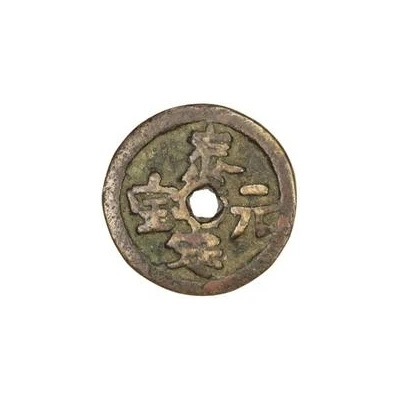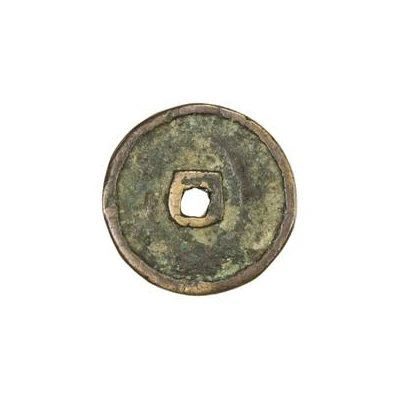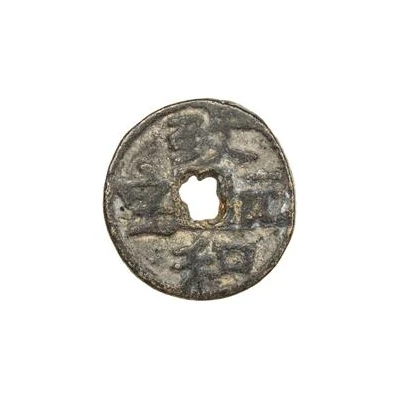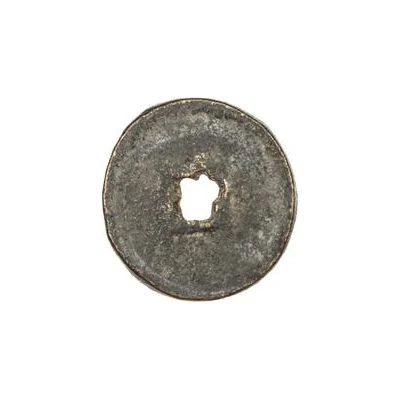Fractional cash - Taiding Tongbao; temple coin ND
| Bronze | - | 18 mm |
| Issuer | Empire of China |
|---|---|
| Emperor | Yuan dynasty › Yesün Temür Khan "Taiding" (元泰定) (1323-1328) |
| Type | Token |
| Years | 1324-1328 |
| Value | Fractional cash (½) |
| Currency | Cash (621-1912) |
| Composition | Bronze |
| Diameter | 18 mm |
| Shape | Round with a square hole |
| Technique | Cast |
| Orientation | Medal alignment ↑↑ |
| Demonetized | Yes |
| Updated | 2024-10-03 |
| Numista | N#221699 |
|---|---|
| Rarity index | 100% |
Reverse
Blank (uniface).
Edge
Plain
Comment
During the Yuan dynasty, there was a preference for paper money and silver ingots, making actual coins scarce or rare. However, the Yuan dynasty emperors supported Buddhism, and allowed temples to cast their own statues and artifacts. These temple coins were originally cast as offerings to Buddha, but due to their metal content, they still had an intrinsic value. While they were not official issues, these were widely accepted and used as small change in the markets.With these not being official issues, there are different diameters and weights possible. The average weights seem to be around 1/2 Cash, but smaller and larger weights exist.
Interesting fact
One interesting fact about the Token Fractional cash - Taiding (Tongbao; temple coin) ND (1324-1328) from Empire of China made of Bronze is that it was used as a form of currency in ancient China, specifically during the Yuan Dynasty. These coins were used to purchase goods and services, and they were also used as offerings to the gods in religious ceremonies. The bronze material used to make these coins was also significant, as it was a durable and long-lasting metal that was able to withstand the test of time. Additionally, the design of the coin, which features a square hole in the center, was unique to Chinese currency and was used to distinguish it from other forms of currency.



